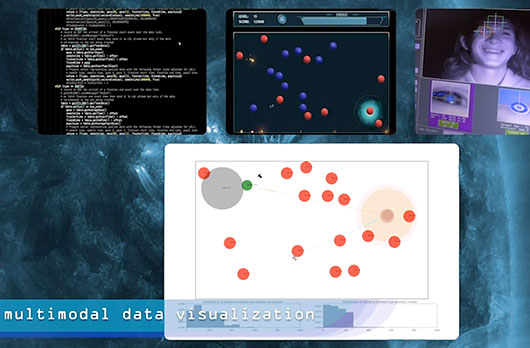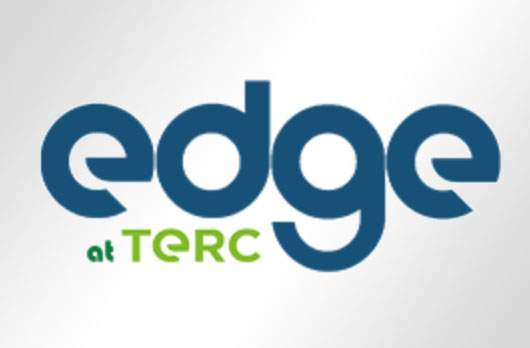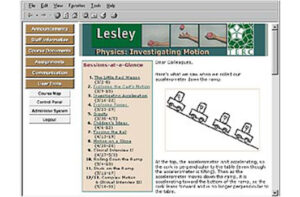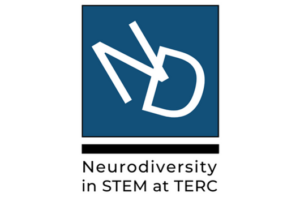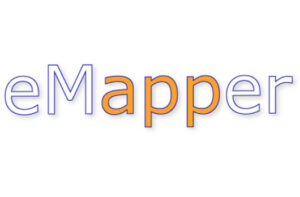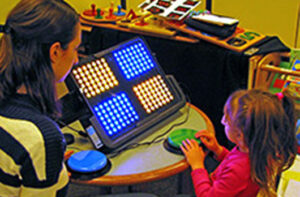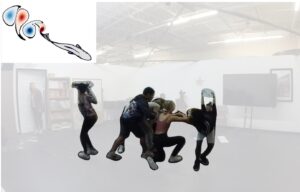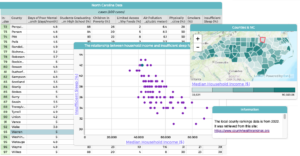Showing is Knowing: The Potential and Challenges of Using Neurocognitive Measures of Implicit Learning in the Classroom
Ibrahim Dahlstrom-Hakki, Jodi Asbell-Clarke, & Elizabeth Rowe
Mind, Brain, and Education, Vol 13, No 1, p 30-40, 2019
Summary
The value of neurocognitive measures to study memory, attention, cognition, and learning is well established. However, the vast majority of work using these tools is performed in tightly controlled lab experiments using simple lab stimuli. This article looks at the viability of using multimodal neurocognitive instruments to measure implicit knowledge in real-world learning contexts. We focus on some of the most promising neurocognitive tools for this purpose, including eye-tracking, electroencephalography (EEG), and functional near infra-red spectroscopy (fNIRS). The specific challenges and potential of each tool are considered for use within learning contexts. These tools may be of particular importance to student populations that typically underperform on traditional learning assessments, including students with disabilities, English language learners, and students from low socioeconomic status backgrounds, among others. This review concludes with recommendations to the field for further work required to bring objective measures of implicit knowledge to real world learning contexts.

Related People:
Ibrahim Dahlstrom-Hakki, Jodi Asbell-Clarke, and Elizabeth Rowe

